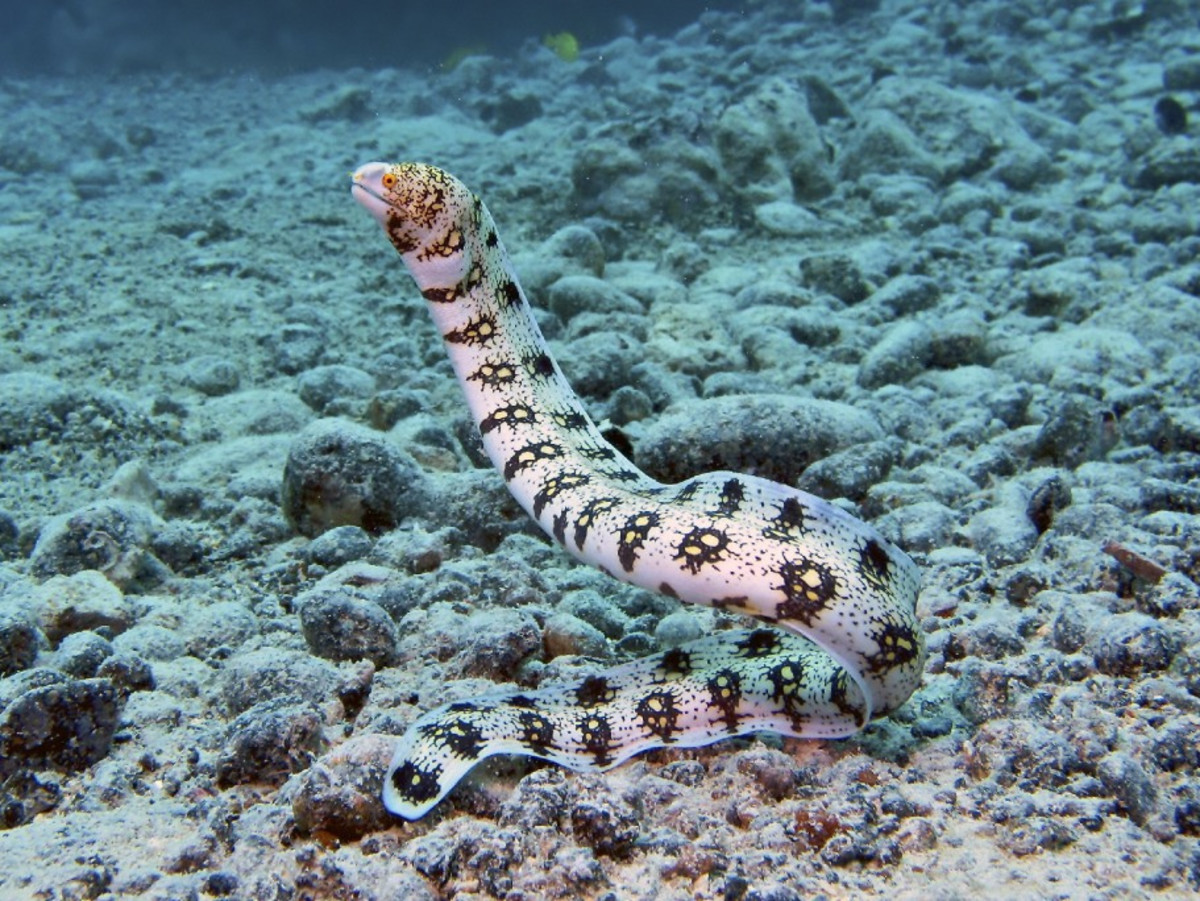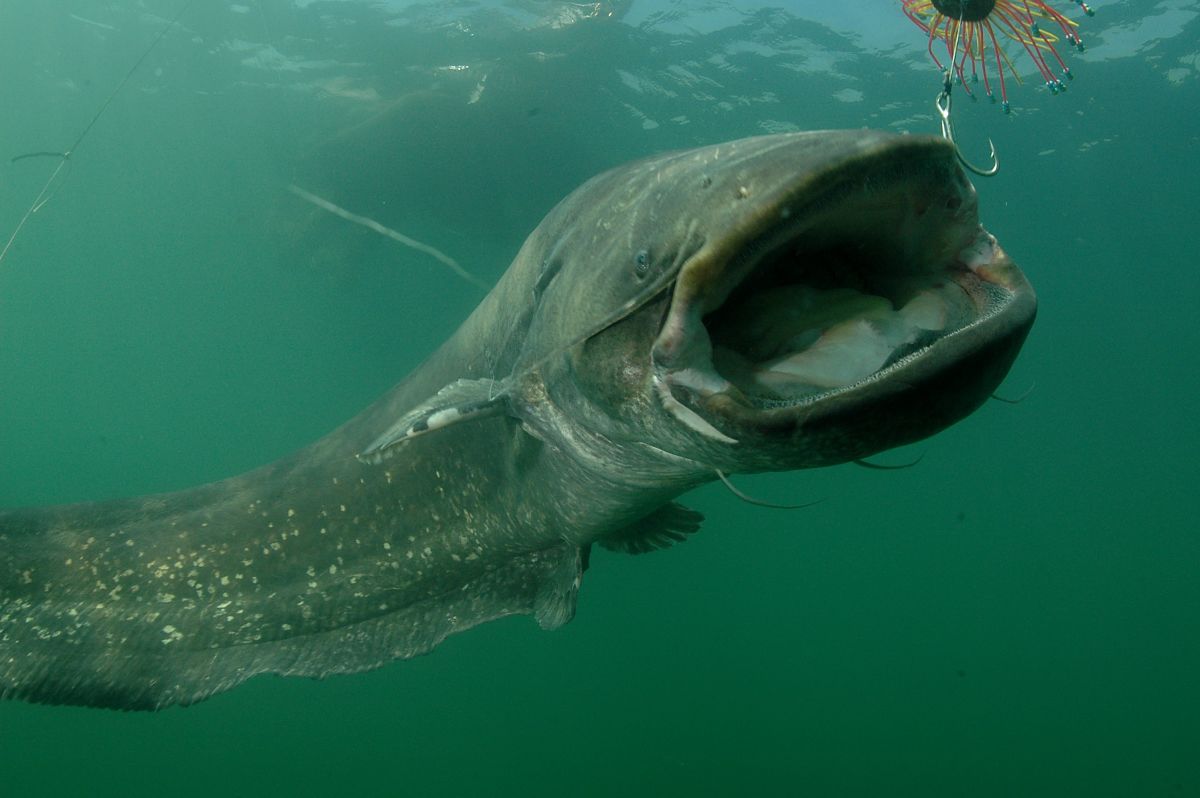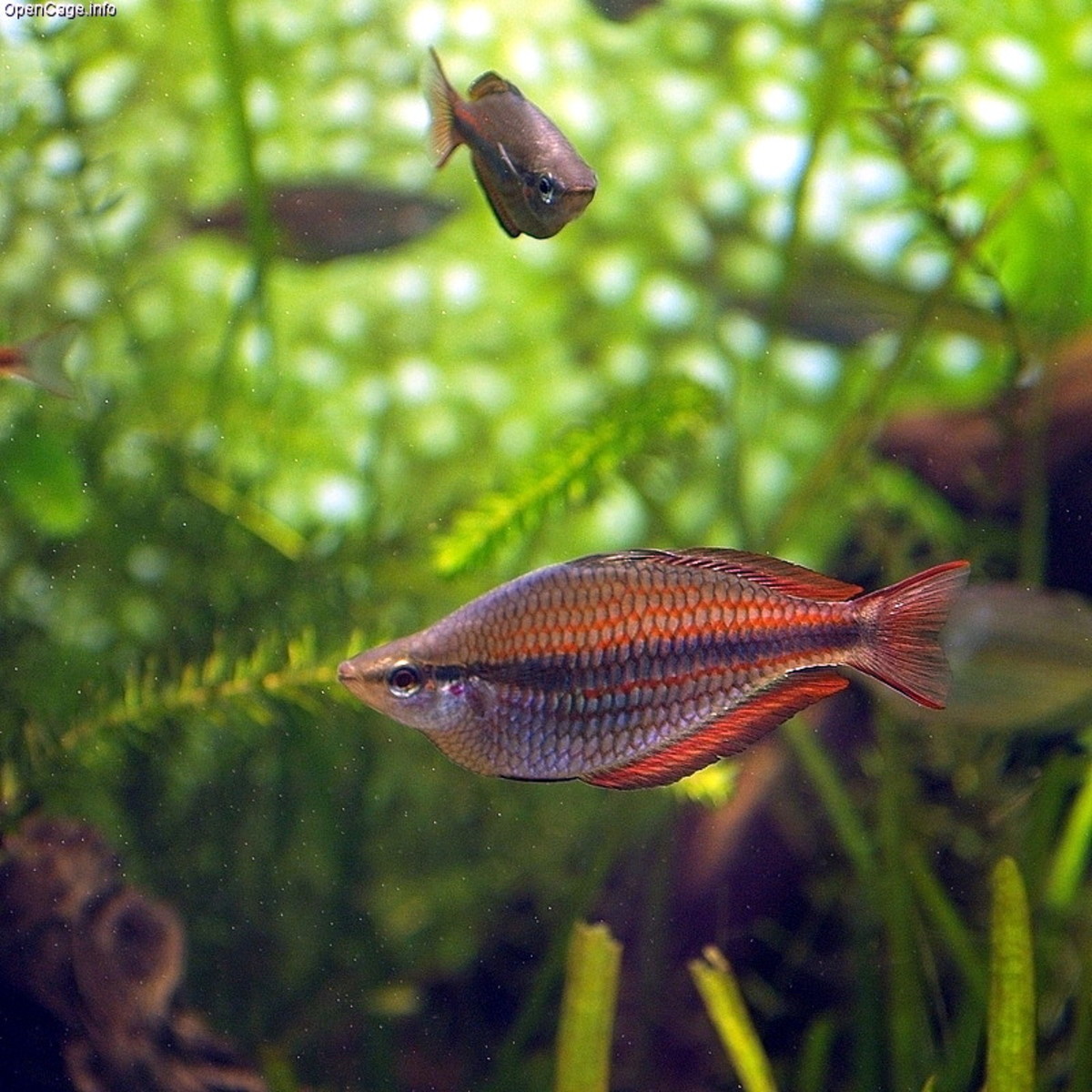- HubPages»
- Pets and Animals»
- Tropical Fish & Aquariums»
- Freshwater Aquarium Animals
Spiny Eels are fascinating tropical fish to keep
Spiny Eels are unusual freshwater fish
Spiny Eels are very unusual tropical freshwater fish that not surprisingly have long bodies and look like eels! When I used to keep tropical fish many years ago I used to especially love keeping them and found you could make real pets out of Spiny Eels.
I found they would learn to come to the surface of the water to take food from my fingers. Most of the time the eels would hide under the gravel at the bottom with just their heads or their snouts poking out. Holding an earthworm in the water or even over the water would tempt a pet Spiny Eel to leave its hiding place and it would come up and grab the food offered.
Spiny Eels are described that way because they have a row of small spines on their backs. They are not true eels though.
Atlas of Tropical Fish
Peacock Spiny Eel
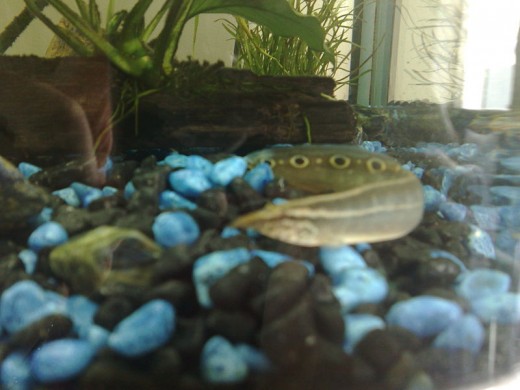
Keeping Spiny Eels
The most commonly kept species is the Peacock Spiny Eel or Peacock Eel, so named because of the eye-spots on its tail fin. It is also often sold as simply Spiny Eel.
This is the only species I have kept and found that they mostly liked to eat small earthworms which they would swallow whole. They are not able to bite as such but suck in their food. They would also eat Tubifex worms but it was difficult getting enough of these to feed my Spiny Eels so garden worms were the main food.
Spiny Eels of all types are carnivores and must be fed with live food or meat of some sort. I understand that they will eat small fish and other aquatic creatures but the ones I kept only ate worms including bloodworms.
This carnivorous diet often means that those in shops have been poorly fed and worse that some people buy them and do not realise their needs. Many Spiny Eels in captivity must die of starvation.
The Peacock Spiny Eel comes from rivers in Southeast Asia and Siam, as its scientific name suggests. It reaches a maximum of about a foot in length.
They apparently gather in numbers to spawn in floating weeds but are very difficult to get to breed in captivity. I have to admit I tried and failed.
I found them to make wonderful pets because they can be easily trained to take food from your fingers. They are clearly intelligent,
Spiny Eels
Fire Eel
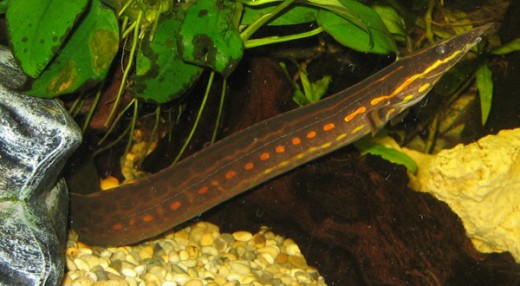
Fire Eels
The Fire Eel (Mastacembelus erythrotaenia) is a much larger species of spiny eel and far more colourful too, hence its name. It can reach well over a metre in length but seldom does in captivity. They are usually no bigger than 22 inches in aquariums.
The Fire Eel, or Siamese Fire Eel, comes from Thailand, Cambodia, Laos, Indonesia, Vietnam and Malaysia. It gets its name from the colourful markings on its sides, which in younger eels can be a yellow or amber shade but this darkens to a deep red in older specimens. The fins are often edged with red too.
Fire Eels, especially large ones, sell for a high price in the aquarium trade and were always far too expensive for me to buy or keep. They were a species I could dream about getting one day when I was grown up and rich!
A five year old feeding Fire Eels
Tire Track Eel
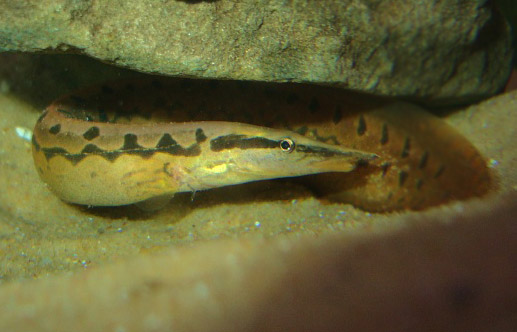
Spiny eel poll
Have you kept spiny eels?
Tire Track Eel
There is another large and attractive species of spiny eel known as the Tire Track Eel (Mastacembelus armatus) because of the patterning on its body. This species of spiny eel comes from rivers, streams, lakes and ponds in India, Pakistan, Sumatra, Sri Lanka, Thailand and Vietnam.
It is also known as the Zigzag Eel, again making reference to the patterning on its body, or the Leopard Spiny Eel.
It can grow to as much as a metre in length in its natural environment but in captivity they usually get no bigger that around 20 inches.
Like the other spiny eels, this species likes to burrow into the bottom substrate and can be a nuisance if it uproots plants. Personally I loved my eels to much to worry about things like that!
Copyright © 2011 Steve Andrews. All Rights Reserved.


